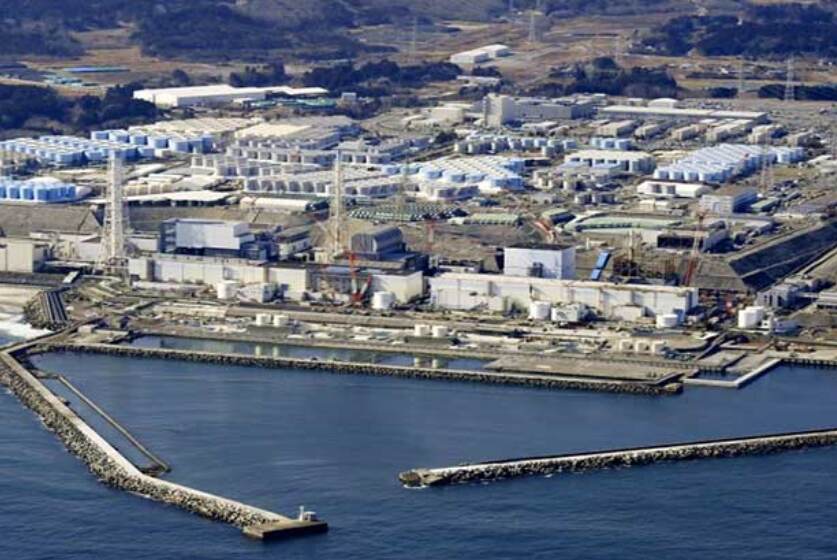Japan Set to Receive Final Report on Fukushima Plan
Prime Minister Fumio Kishida will meet with IAEA chief Rafael Grossi on Tuesday when the results of the two-year safety review are delivered. Japan has yet to specify a date for the water release, which is subject to approval by the national nuclear regulatory body for Tokyo Electric Power (TEPCO).
For over a decade, Japan has grappled with the consequences of a devastating earthquake and tsunami that wrecked the Fukushima nuclear power plant in 2011. Now, the country is set to receive a final report from the International Atomic Energy Agency (IAEA) about a plan to release radioactive water from the plant into the ocean over the next 30 to 40 years.
TEPCO has insisted that the water poses no risk to the environment or public health and that it is the only viable solution for the contaminated water. The Japanese government has pledged to be transparent about the process and to take measures to ensure the safety of the release.
Prime Minister Fumio Kishida will meet with IAEA chief Rafael Grossi on Tuesday when the results of the two-year safety review are delivered. Japan has yet to specify a date for the water release, which is subject to approval by the national nuclear regulatory body for Tokyo Electric Power (TEPCO).
This could come as soon as this week. The proposed plan has caused alarm among Japanese neighbors, particularly China, which has called it “irresponsible and unpopular” and a potential threat to food and ecological safety.
Local fishing communities are also concerned about reputational risk and further business losses. The water that is to be released contains 1.3 trillion tonnes of water used to cool the fuel rods of the Fukushima plant.
Most of the radioactive elements have been filtered out; however, tritium, an isotope of hydrogen, remains.TEPCO will dilute the treated water to well below internationally approved levels of tritium before releasing it into the Pacific Ocean.
Nuclear power plants around the world regularly release waste water containing tritium concentrations that are higher than the water that TEPCO is proposing to release.
South Korea has seen a surge in the sale of sea salt ahead of the release, and China’s foreign ministry has denounced the plan. Despite the public outcry, TEPCO insists that the water poses no risk to the environment or public health and that releasing it is the only viable option.
The Japanese government has promised to be transparent about the process and to take all necessary measures to ensure the safety of the release. It remains to be seen whether the IAEA will approve the plan, and how it will be received by the public. One thing is for certain: the Fukushima disaster has created a complex and ongoing challenge for the country.




